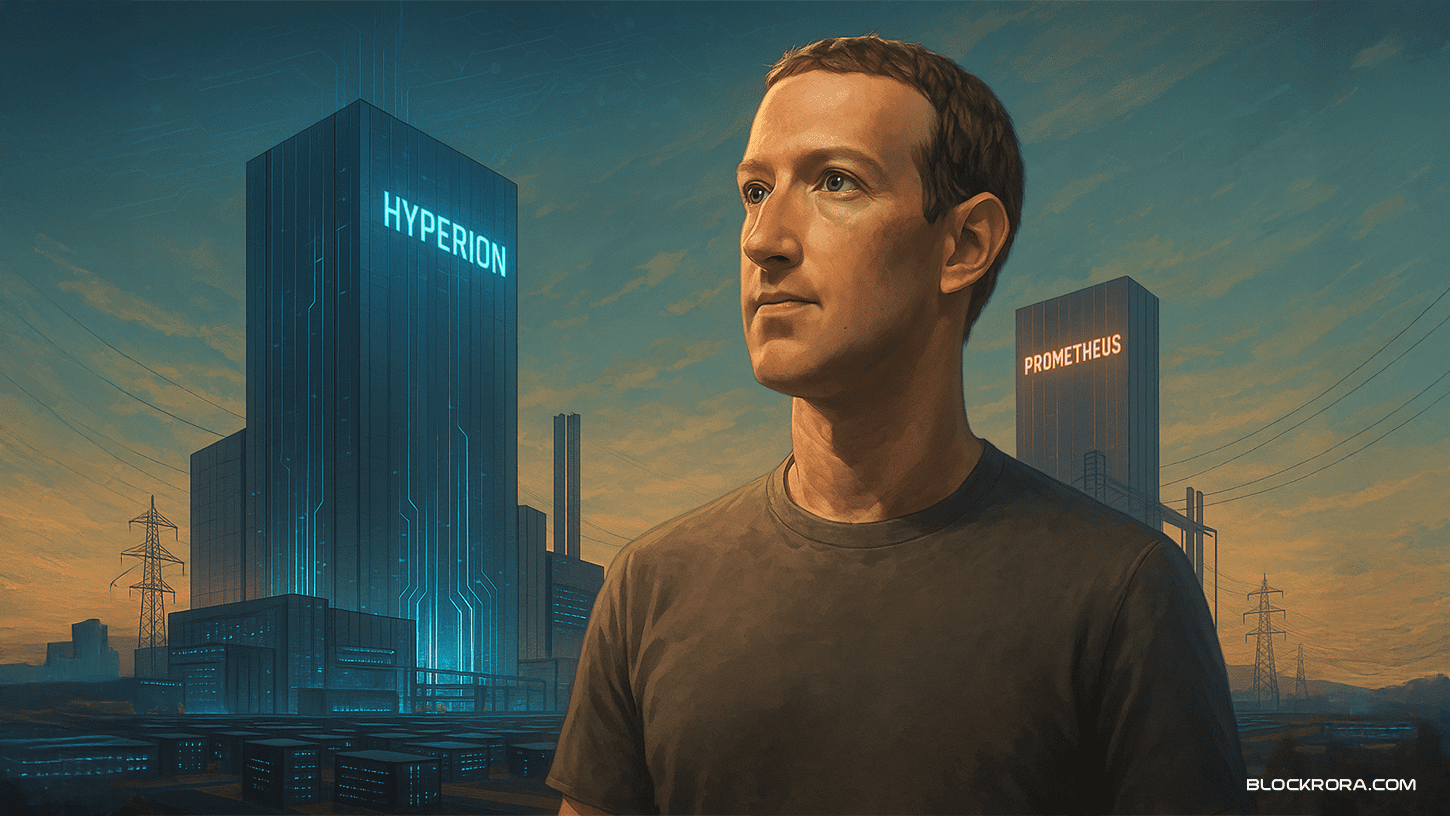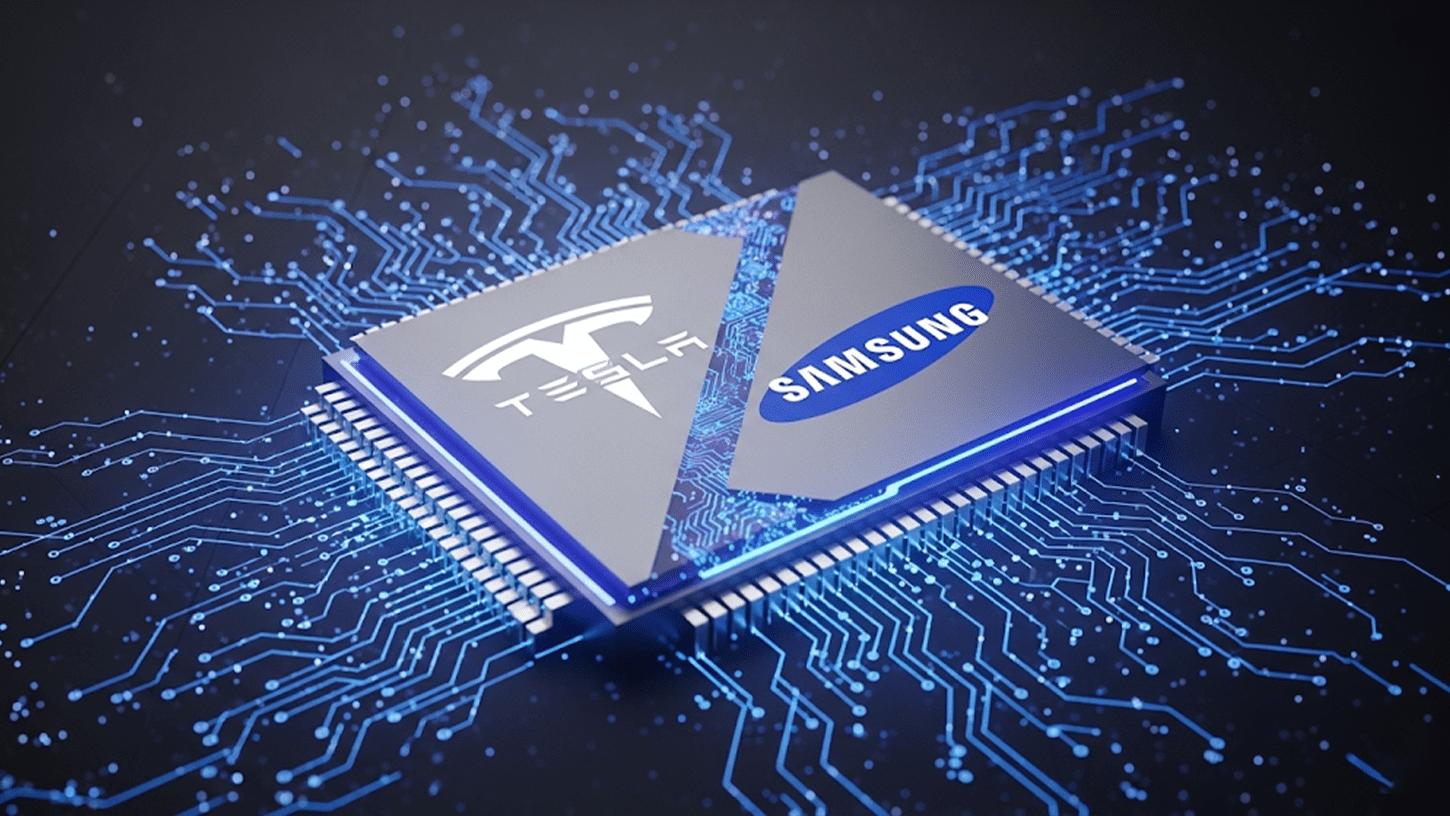Amazon Scores Historic $38B Cloud Deal as OpenAI Expands Beyond Microsoft

OpenAI has announced a $38 billion cloud computing partnership with Amazon Web Services (AWS), marking one of the largest infrastructure deals in artificial intelligence to date. The seven-year agreement grants OpenAI immediate access to Amazon’s advanced compute network, positioning AWS as a central player in powering the company’s expanding AI workloads. The move signals a significant shift in the global competition for AI infrastructure dominance and highlights OpenAI’s intent to diversify beyond its long-standing ties with Microsoft.
A Massive Cloud Partnership to Fuel Next-Gen Models
Under the agreement, OpenAI will begin deploying workloads on AWS immediately, with full capacity expected before the end of 2026. Amazon will allocate hundreds of thousands of Nvidia GPUs, including the GB200 and GB300 AI accelerators, to train OpenAI’s next generation of frontier models, potentially the successors to GPT-5 and beyond.
AWS’s Bedrock service already hosts OpenAI’s open-weight models, giving businesses direct access to AI tools via Amazon’s cloud platform. This new partnership dramatically scales that collaboration, embedding OpenAI’s workloads into Amazon’s global compute ecosystem.
Tech analyst Paolo Pescatore of PP Foresight described the deal as “hugely significant,” calling it a strong endorsement of AWS’s ability to deliver the scale needed to support OpenAI’s growing compute demand.
Restructuring Unlocks Freedom Beyond Microsoft
The announcement closely follows OpenAI’s sweeping corporate restructuring, completed last week. The overhaul grants the company greater operational and financial independence, most notably removing the requirement for Microsoft’s approval to engage other cloud providers.
This change reflects OpenAI’s capped-profit model, which allows the company’s for-profit arm to pursue outside investments while maintaining its nonprofit mission to develop safe and beneficial AI. The restructuring has effectively unlocked OpenAI’s ability to expand beyond Microsoft, marking a new era of multi-cloud collaboration.
CEO Sam Altman highlighted this in a company statement:
“Scaling frontier AI requires massive, reliable compute. Our partnership with AWS strengthens the global infrastructure that will power this next era and bring advanced AI to everyone.”
Despite this new independence, OpenAI remains deeply tied to Microsoft, having agreed to purchase $250 billion worth of Azure compute services just last week. Still, the AWS partnership clearly signals a move toward strategic diversification, a bid to balance innovation, cost, and resilience across multiple cloud ecosystems.
Powering the Trillion-Dollar Compute Race
OpenAI’s infrastructure ambitions are staggering in scope. The company has committed to over $1 trillion in compute investments over the next decade, targeting 30 gigawatts of global capacity, a figure comparable to the energy output of small nations. Altman has stated that OpenAI’s long-term goal is to add one gigawatt of compute every week, a pace that underscores both ambition and urgency.
The AWS deal fits into a broader expansion strategy that includes partnerships with Google, Oracle, Nvidia, AMD, Broadcom, SoftBank, and major data center projects in the United Arab Emirates. Collectively, these alliances position OpenAI not just as an AI software leader but as a key architect of the world’s next-generation digital infrastructure.
A Major Win for Amazon
For Amazon, the deal is a defining moment. It re-establishes AWS as a powerhouse in the AI infrastructure space after years of losing high-profile contracts to Microsoft and Google. The announcement immediately sent Amazon shares to a record high, reflecting renewed investor confidence in the company’s cloud strategy.
By hosting OpenAI’s workloads, AWS strengthens its role in the enterprise AI market and solidifies its position in the global compute economy, where demand for GPU capacity now rivals traditional commodities in value and scarcity.
Boom or Bubble?
Despite the optimism, the extraordinary scale of OpenAI’s spending has reignited debate around whether the industry is entering an AI investment bubble. Critics warn that the relentless race for compute could mirror the excesses of past tech booms, with vast sums funneled into hardware and data centers before clear business returns materialize.
However, OpenAI’s growth metrics remain compelling. The company’s annualized revenue run rate is projected to reach $20 billion by the end of 2025, bolstered by ChatGPT’s continued adoption across consumer, enterprise, and developer markets.
For now, the numbers tell a story of expansion rather than contraction. The AWS deal may not just power the next wave of ChatGPT, it could help define how the world’s AI economy scales in the years ahead.






